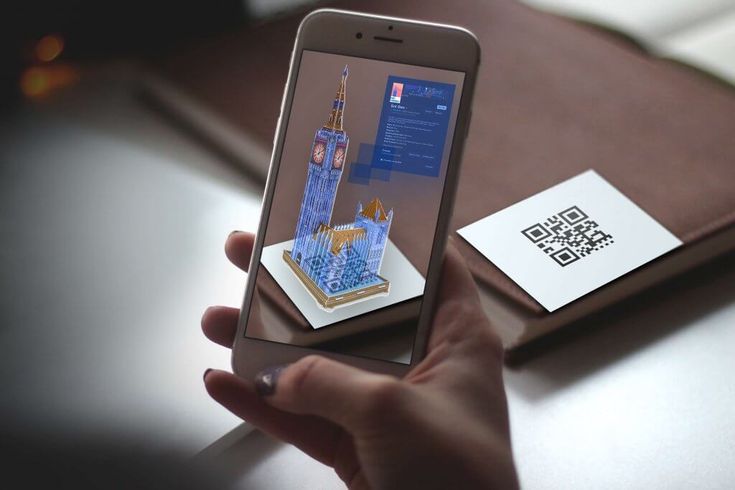AR Technologies in Education — Advantages of Use and Future Prospects

Augmented Reality (AR) in Education
In recent years, AR technologies in education have become one of the most important trends in the EdTech sector. Augmented reality in education opens up new opportunities for learning, making the process more interactive and engaging.
The principle is based on overlaying digital three-dimensional objects and visual elements onto the real environment. This creates a unique format of interaction and perception of information, turning learning into a dynamic and effective experience.
What Opportunities Do AR Technologies Provide for Learning?
The application of AR in education offers a wide range of benefits:
- Visualization of complex processes — students can study anatomy with 3D models, explore molecules, or observe physical phenomena.
- Interactive tasks — laboratory experiments can be simulated in augmented space without safety risks.
- Kinesthetic perception — learning through physical actions and interaction with AR elements.
- High engagement — augmented reality makes lessons more exciting and motivates students.
- Integrated gamification elements — AR allows applying gaming mechanics to the learning process.
What Is Needed to Use Augmented Reality?
To implement augmented reality technology in education, schools and universities need:
- Display devices — smartphones, tablets, or AR glasses.
- Software solutions — apps and specialized educational platforms.
- Prepared teachers — educators trained to integrate technology into lessons.
- Adapted methodologies — programs that include interactive models and visualizations.
How AR Changes the Educational Process
Comparison Between Traditional and AR-Based Learning
| Parameter | Traditional Learning | AR-Based Learning |
| Perception of information | Reading and listening | Interactive models and elements |
| Engagement | Moderate | High (gamification, visualization, interaction) |
| Interaction | One-way (teacher → student) | Two-way, with active integration of practice |
| Visualization | Pictures, illustrations | 3D objects, animations, augmented scenes |
| Risk of mistakes | Errors affect results | Safe simulation with multiple attempts |
| Learning space | Limited to classroom | Extended, digital educational environment |
Examples of Augmented Reality in Education
- Augmented reality in school
Pupils can “overlay” 3D models of planets onto textbooks, explore the structure of cells, or visualize historical events. - Medical education
Students use AR to study human anatomy, simulate surgeries, and practice therapeutic procedures. - Engineering disciplines
Future engineers explore complex mechanisms in an augmented space. - Language learning
AR supports vocabulary acquisition through interaction with objects in the surrounding environment. - History and culture
Learners can immerse themselves in reconstructed historical cities or explore cultural artifacts in 3D.
Advantages of Using Augmented Reality in Education
| Advantage | Explanation |
| High engagement | Students actively participate thanks to interactive elements |
| Deeper understanding of content | Visualization makes complex topics more accessible |
| Personalized learning | Content can be tailored to individual student levels |
| Kinesthetic perception | Students learn through action and physical interaction |
| Resource efficiency | Simulation reduces costs of laboratory equipment and materials |
| Integrated gamification opportunities | Game mechanics increase motivation and learning outcomes |
Challenges and Drawbacks of AR Implementation
- High equipment costs — advanced AR glasses remain expensive.
- Teacher training needs — not all educators are ready to work with innovations.
- Technical limitations — weak devices or lack of high-quality software.
- Social perception — conservative views among parents and teachers.
Future Prospects of Augmented Reality in Education
According to forecasts, the global market for AR technologies in education will grow by 30–35% annually. In the near future, we may see:
- Integration of AR into national curricula.
- Transition from smartphones to AR glasses as the main tool.
- Development of global AR libraries for schools and universities.
- Wider use of AR in distance learning, especially in online courses.
- Combination of AR with AI for personalized learning pathways.
Conclusion
The application of augmented reality in education is not just a short-term trend but a long-term strategy for the development of learning systems. It combines visualization, interactivity, and practical experience, creating a completely new approach to teaching.
Augmented reality in school and higher education institutions helps learners explore the world in ways that once seemed like science fiction.
AR technologies in education are the path to a future where knowledge becomes more accessible, engaging, and effective for every student.

